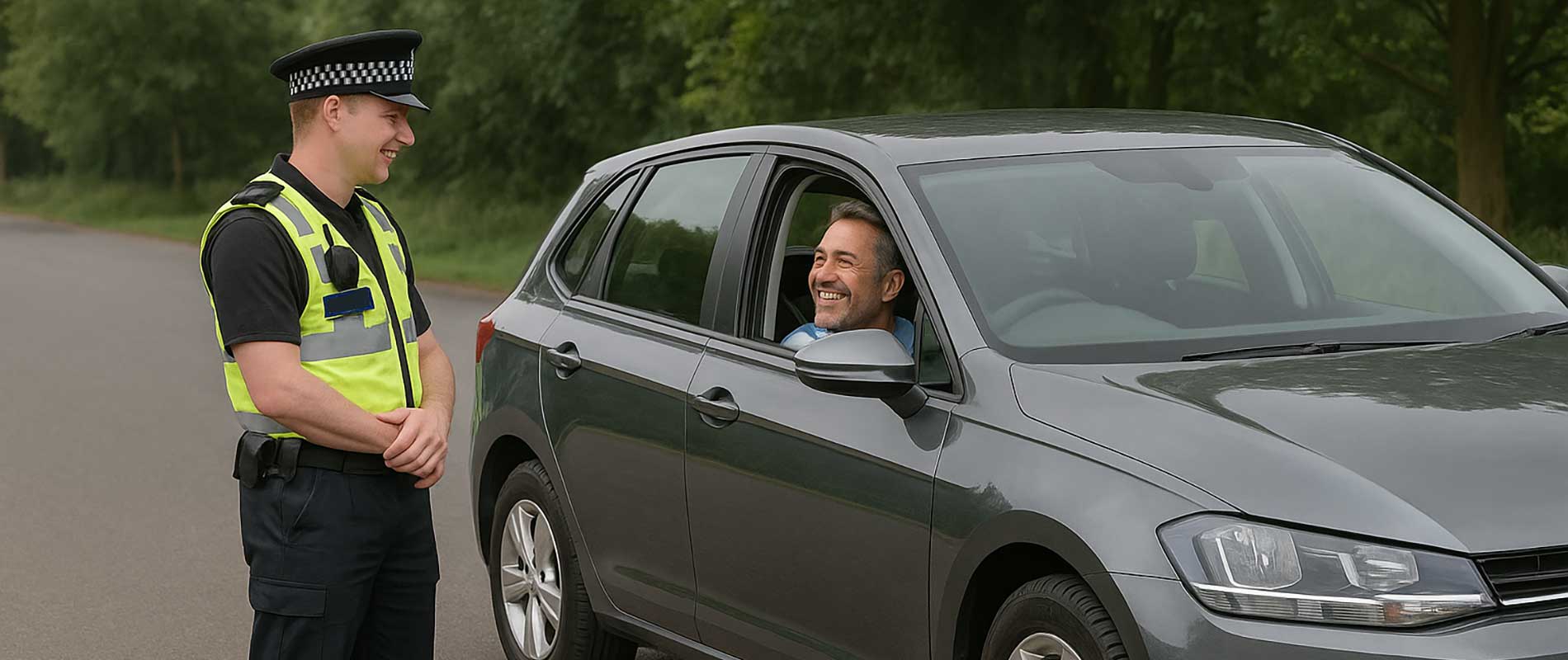Starting fresh after a ban
When a driving disqualification ends, it can feel like freedom restored. But before you jump behind the wheel, it’s vital to get the paperwork and preparation right. A disqualification doesn’t simply end with time served; there are a few formalities to complete before you’re legally and safely back on the road. Missing even one of them can undo your progress and put you straight back in hot water.
Check that your licence is valid
First things first: make sure you actually have a valid driving licence again. Depending on the length and reason for your ban, you might need to reapply to the DVLA. For shorter bans, your licence may be returned automatically. For longer ones, or for offences involving drink or drugs, you’ll likely need to complete a medical review or retake your driving test. Don’t assume the DVLA will contact you automatically; check directly to confirm your current status.
If you’re unsure, use the DVLA’s online service to check your licence details. It’ll show whether your entitlement to drive has been reinstated and what, if any, endorsements remain. Having this information to hand also helps when applying for insurance, as insurers will verify it themselves.
Sort your insurance before driving
You can’t drive until you’ve got valid insurance in place. After a disqualification, you’ll need to declare your conviction and ban to any insurer you contact. Be upfront about it; hiding details could make your new policy invalid from day one. If mainstream insurers won’t quote, turn to a specialist convicted driver insurer or broker. They deal with cases like yours every day and can usually find realistic, lawful options for getting back on the road.
Expect to pay more at first. Premiums rise sharply after a ban, but they’ll reduce over time as your record improves. Choosing a modest car, limiting mileage, and avoiding modifications can help keep costs down. So can fitting a telematics device, which lets your insurer see that you’re driving safely.
Know what’s changed since you last drove
If you’ve been off the road for a while, driving might not feel quite the same as it used to. Road layouts, camera enforcement, and even the Highway Code may have changed. It’s worth reading the latest version of the Code online and brushing up on new rules, especially around mobile phone use and smart motorways. Small mistakes can lead to fresh penalty points, and that’s the last thing you need when you’ve just regained your licence.
Cars themselves have changed too. Many newer models include advanced features like lane assist, automatic braking, and adaptive cruise control. They’re useful, but they can feel strange at first. Take your time getting used to them before tackling busy traffic again.
Ease yourself back into driving
Confidence doesn’t always return overnight. It’s perfectly normal to feel hesitant at first, especially after a long ban. Start with short, quiet journeys to get your bearings again. Early mornings or calm suburban roads are ideal for rebuilding rhythm without pressure. If you feel rusty, consider a refresher session with a local instructor. It’s not a test; just a practical way to shake off nerves and update your skills.
Remember that other drivers don’t know your background. Give yourself space, avoid rushing, and focus on staying calm under pressure. Every smooth journey helps re-establish good habits and proves you’re back in control.
Keep everything legal and organised
Make sure your MOT and road tax are current, your tyres meet legal tread limits, and your vehicle’s in safe working order. Keep copies of your insurance and licence easily accessible. A little organisation goes a long way if you’re stopped by police or need to confirm details later.
If your conviction involved alcohol or drugs, you might have extra conditions on your licence, such as medical checks. Stay on top of these deadlines. Failing to comply can result in your licence being revoked again, even if you’re driving perfectly.
Rebuilding trust takes time
Insurers, employers, and even friends may take a while to see you as the reliable driver you once were. Don’t let that put you off. Each safe, uneventful trip adds to your record of responsibility. Keep your cover up to date, drive cautiously, and avoid taking chances. Before long, you’ll find the stigma of a ban fades and normal life behind the wheel returns.
Getting back on the road after a disqualification isn’t just about paperwork; it’s about proving, to yourself and others, that you’ve learned from the experience. With patience and care, you’ll not only drive again, but drive better than ever.

